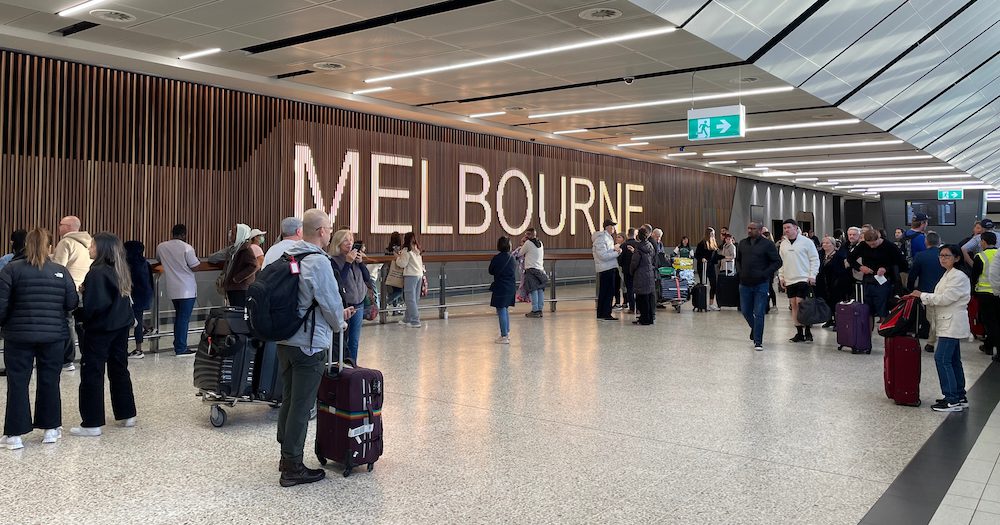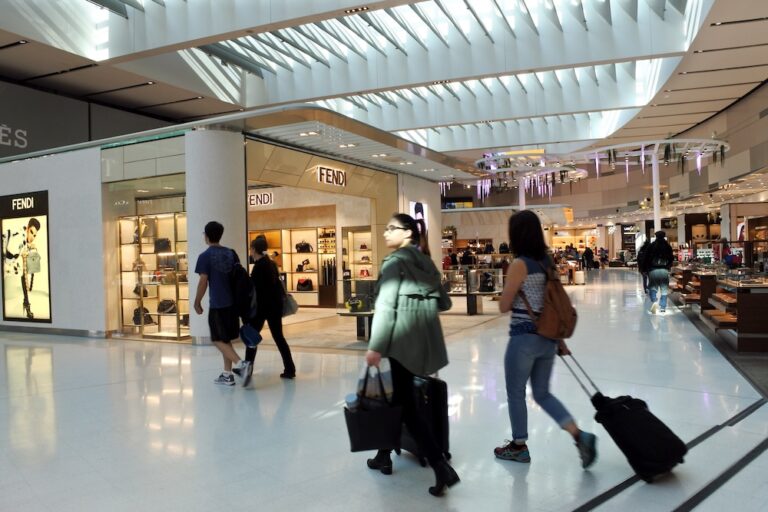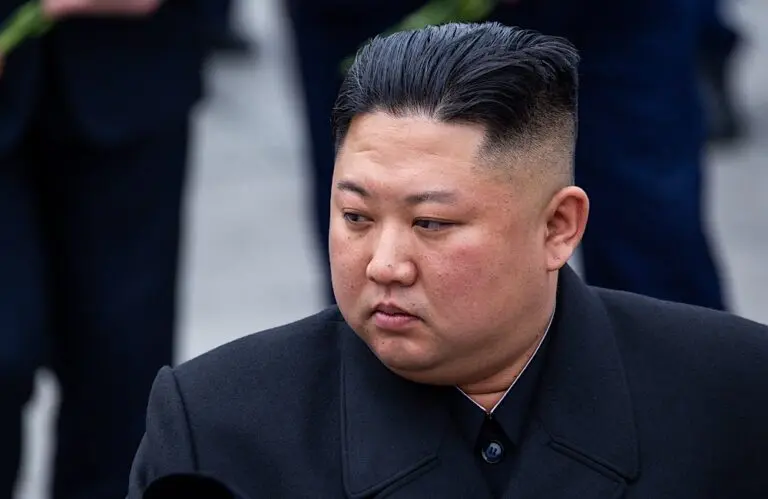Melbourne Airport has hit the ground running in 2025, welcoming 3,393,977 passengers in January – the highest monthly total in its history. This milestone surpasses the previous record of 3,322,940 set in December 2019.
The new data suggests Victorians are still prioritising travel, despite ongoing concerns about cost of living pressures throughout Australia.
Overseas travel saw its busiest month yet, with 1,238,829 passengers passing through the international terminal, including a record 671,135 arrivals, which bodes well for inbound tourism.
A 14 per cent year-on-year increase, this achievement follows closely on the heels of the previous international passenger record set just one month earlier, in December 2024.
Meanwhile, domestic traffic also rose by 5 per cent y-o-y.
In addition, 24 January was the single busiest day in over five years for the airport, with 122,751 travellers moving through the terminals ahead of the Australia Day weekend and Australian Open final.
Record seats
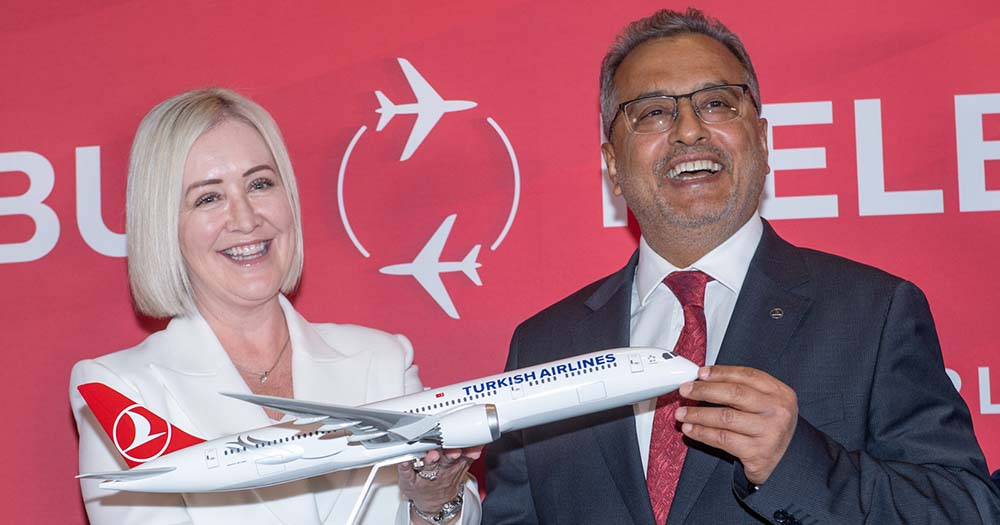
Melbourne Airport’s record growth aligns with record seat capacity, as carriers including Turkish Airlines, China Southern, Vietjet and Cebu Pacific have expanded services.
Delta Air Lines and Virgin Australia are also set to launch flights to Los Angeles and Doha later this year.
The latest carrier to commence MEL flights is Juneyao Airlines, which launched a new Melbourne-Shanghai service just before Christmas.
Presently, foreign carriers account for a substantial 72 per cent of international capacity into Victoria.
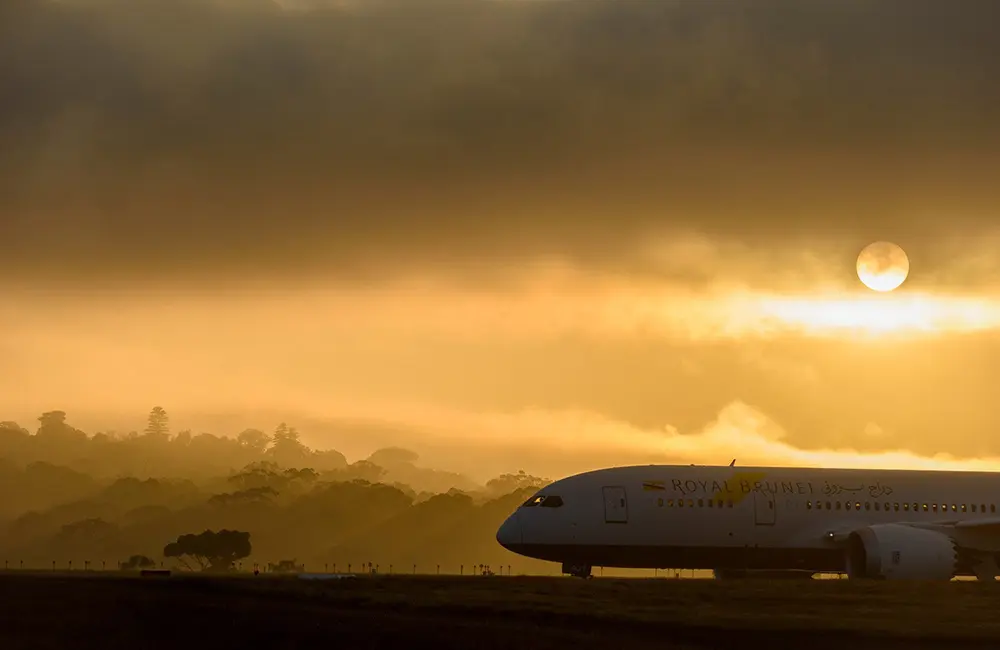
Melbourne Airport CEO Lorie Argus credits collaboration between the hub, airlines and government for its recent successes.
“Since the Australian border reopened in 2021, we’ve been working closely with the Victorian government to rebuild international airline capacity into Melbourne, and we’re now seeing the benefits,” she stated.
“When Melbourne Airport’s arrival halls are busy, Melbourne’s restaurants and cafes are busy, our hotels are busy and Victoria’s tourism industry is busy, which is great for employment and the state economy.
“It’s incredible to think that in just three years we’ve rebuilt international capacity from close to nothing, to the point where we are setting new records.”
Future proofing
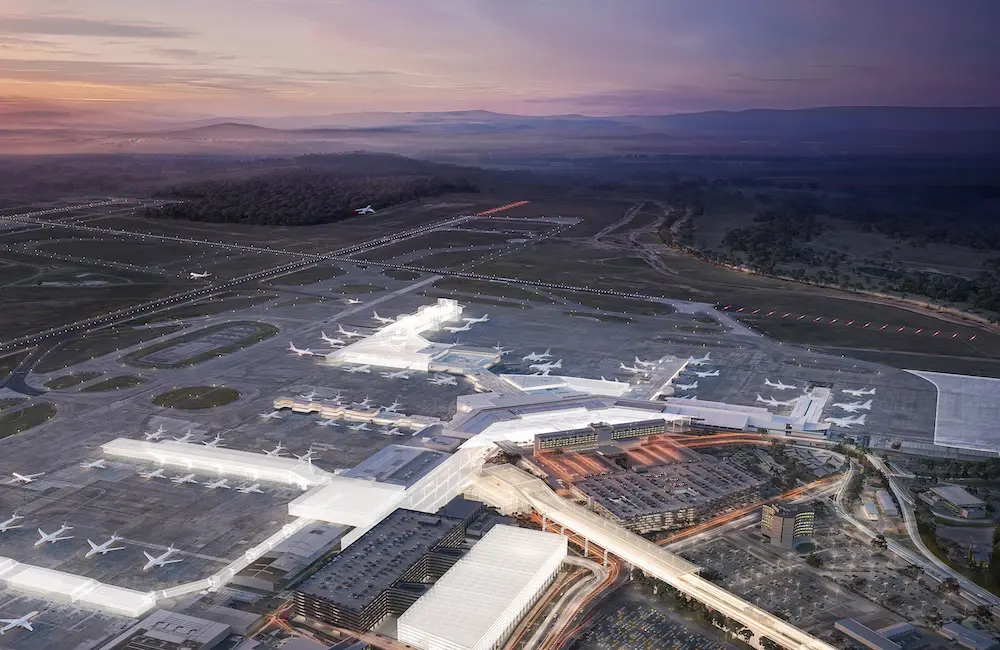
Argus added that continued improvements in infrastructure are key to Melbourne Airport‘s continued growth.
“That’s why we’re building a new baggage system, a new road system and a new runway, as well as working with the airlines to expand the international terminal to give them the capacity they need to grow,” she remarked.
In January, Melbourne Airport, Australia’s busiest 24/7 hub, revealed plans for a major international terminal expansion in response to surging passenger numbers and capacity challenges.


